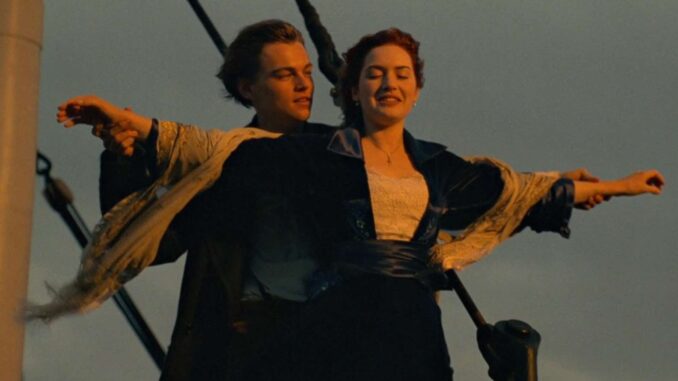
The Ghost Ship Reborn: Nostalgia, hubris, and the Titanic II
The icy Atlantic swallowed more than just a ship on that fateful night in 1912. It swallowed innocence, optimism, and a certain brand of Victorian hubris. Now, over a century later, the echo of that tragedy is being resurrected. Clive Palmer, an Australian billionaire, is spearheading Titanic II, an ambitious project to build an exact replica of the original ship and sail it on the same Southampton to New York route. The idea is audacious, alluring, and undeniably unsettling, a spectacle that simultaneously tugs at the heartstrings of history buffs and raises the specter of the past.
The initial allure of Titanic II is undeniably potent. It taps into a deep well of nostalgia, a yearning for a bygone era. Images of the original Titanic, a marvel of engineering and opulent design, have captivated generations. The ship represented a peak of human ingenuity, a symbol of progress and luxury. To step aboard Titanic II, even as a passenger in the 21st century, offers the promise of reliving that golden age, of experiencing the elegance and grandeur that have been relegated to history books and Hollywood films. The meticulous attention to detail promised by Palmer – recreating the grand staircase, the Turkish Baths, and the opulent dining saloons – aims to transport passengers to a world where societal norms were different, and the pace of life was slower. This yearning for the past, for a sense of order and refinement often absent in our modern world, fuels the excitement surrounding Titanic II.
However, the ship is not merely a museum on water; it's intended to be a functional vessel, a commercial enterprise. This is where the line between homage and exploitation begins to blur. The romance of the Titanic story is intrinsically linked to its tragic demise. Can we truly separate the luxurious façade from the horrific reality of the sinking, the loss of over 1500 lives, the stark class divisions exposed in the face of death? Some argue that Titanic II is a disrespectful attempt to profit from tragedy, a grotesque carnival ride fueled by morbid curiosity. The promise of "reliving history" feels disingenuous when the most significant part of that history is a catastrophic disaster.
Furthermore, the endeavor reeks of a hubris that is eerily reminiscent of the "unsinkable" claim surrounding the original Titanic. Technology has undoubtedly advanced since 1912. Modern navigation systems, enhanced safety regulations, and sophisticated life-saving equipment should theoretically make a similar tragedy unthinkable. However, history has taught us that technological advancement is not a foolproof shield against human error, unforeseen circumstances, and the sheer power of nature. The Atlantic remains a formidable ocean, capable of unleashing storms and icebergs that defy human control. The very act of consciously recreating a journey that ended in tragedy feels like tempting fate, a dangerous flirtation with hubris.
The ethical questions surrounding Titanic II extend beyond the commercial aspect and the echo of historical hubris. The original Titanic became a floating microcosm of Edwardian society, highlighting the stark class disparities that dictated survival. First-class passengers had a significantly higher chance of survival compared to those in steerage, a brutal reflection of the era's social inequalities. Titanic II will replicate this class structure, with varying levels of luxury and privilege. While this may be intended to maintain historical accuracy, it also raises uncomfortable questions about whether replicating such stark social divisions is appropriate in the 21st century. Will the experience inadvertently perpetuate the elitism and inequality that contributed to the tragedy in the first place?
In conclusion, Titanic II is more than just a ship; it’s a complex symbol that embodies our fascination with the past, our relentless pursuit of progress, and our enduring capacity for both nostalgia and hubris. While the allure of reliving history and experiencing the grandeur of the original Titanic is undeniable, the ethical implications of recreating a tragedy, the potential for exploiting human suffering, and the lingering threat of hubris cannot be ignored. As Titanic II prepares to embark on its maiden voyage, it serves as a poignant reminder that the past, while captivating, should be approached with reverence, respect, and a healthy dose of caution. The ghost ship reborn may be a technological marvel, but it is also a powerful reminder of the fragility of human endeavor and the enduring legacy of the Titanic's watery grave.
